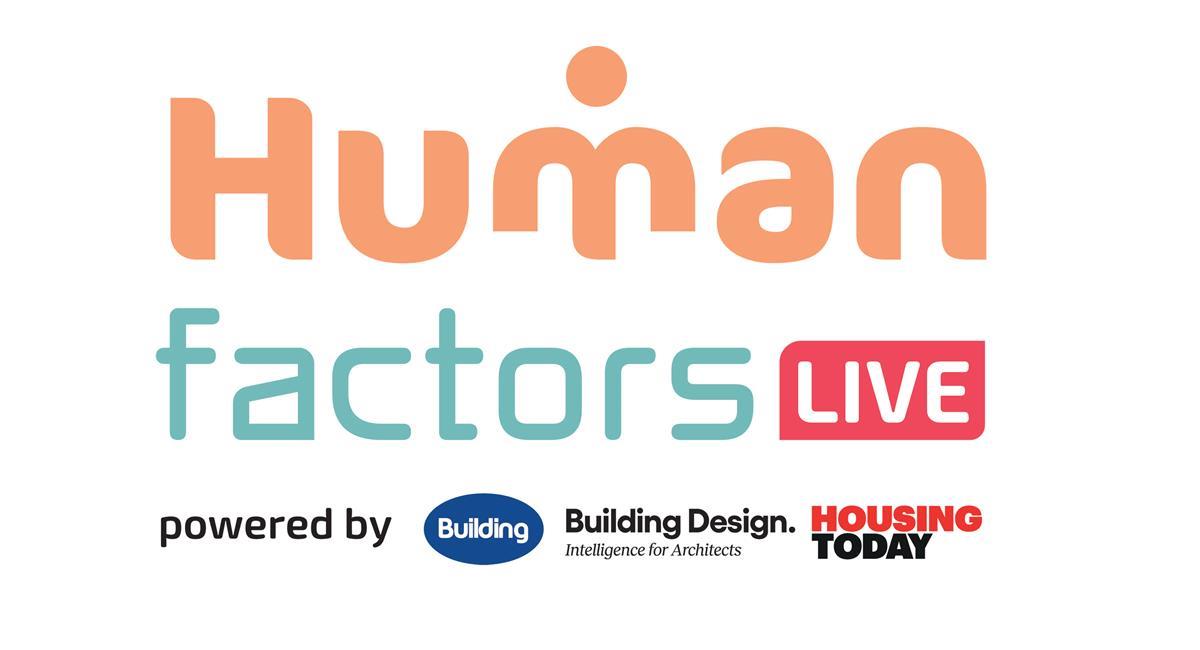- Home
- Intelligence for Architects
- Subscribe
- Jobs
- Events

2025 events calendar Explore now 
Keep up to date
Find out more
- Programmes
- CPD
- More from navigation items
Fragmented by design: what happened to joined-up construction?

As the industry splinters into ever smaller specialisms, Eleanor Jolliffe asks how we can foster more effective collaboration and greater honesty about learning from mistakes
It is not news that architecture and construction are becoming ever more fractured and ever more disparate industries. For another writing project I am working on, I have recently been considering the make-up of the project team. It starts simply enough: client, architect, quantity surveyor, contractor, sub-contractors, structural and MEP engineers; then come the almost essential nice-to-haves for projects of any scale - project manager, fire engineer, planning consultant; then I remember the statutory necessary roles - CDMPD and BRPD.
On top of this, the list of other specialists I have worked with begins to grow and grow - waterproofing consultants, façade and acoustic engineers, accessibility advisers, retail enlivenment consultants(!) and façade access consultants. I won’t continue, but I could fill my column word count with consultant lists alone.
…
This content is available to registered users | Already registered?Login here
You are not currently logged in.
To continue reading this story, sign up for free guest access
Existing Subscriber? LOGIN
REGISTER for free access on selected stories and sign up for email alerts. You get:
- Up to the minute architecture news from around the UK
- Breaking, daily and weekly e-newsletters
Subscribe to Building Design and you will benefit from:

- Unlimited news
- Reviews of the latest buildings from all corners of the world
- Technical studies
- Full access to all our online archives
- PLUS you will receive a digital copy of WA100 worth over £45
Subscribe now for unlimited access.






